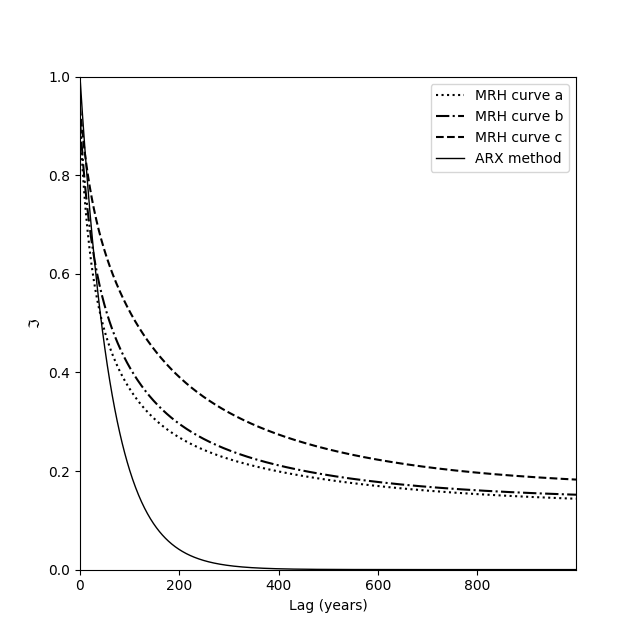
In my lifetime there have been a number of earth shattering discoveries in science and technology. By far the greatest of these has been the fabrication of semiconductors and the advent of digital technology leading to massive changes in data storage and communication. Even a schoolchild has at his disposal a communication device which would dazzle a mediaeval prince. We are still trying to come to terms with the impact this is having on society.
For science, digital tecnology has enabled the acquisition, storage and manipulation of data sets which would have seemed incomprehensibly massive to an earlier generation. The amazing (and disconcerting) feats of generative AI are a consequence of this. In addition, we now have the capicity to run very large digital simulations of the real world to the extent that we are able to model the climate of the entire planet decades into the future. Digital modelling has come to displace the scientific method in some fields.
Science has always involved models. Euclidean geometry was an attempt by the Greeks to model the properties of space. Scientists use models and accountants use arithmetic but modellng is not science any more than arithmetic is accountancy. The scientific method requires that model predictions be tested against observations of the real world. Without this we are in the world of idealogy and religion.
My fear is that numerical models have ceased to be an adjunct of the scientific method and have come to replace it.
Nowhere is this more evident than in climate modelling. Climate models predict future global average temperature based on what we know about greenhouse gases, their concentrations and radiative properties, on the circulation of the ocean and atmosphere, the effect of clouds and aerosols and so on.
The major greenhous gas is, of course, carbon dioxide. In order to predict future temperatures we need to predict future concentrations of this gas based on estimates of future production rates. At issue is the rate at which CO2 is absorbed by the ocean (mainly) and by the biosphere. This is summarised by the impulse response function, a graph showing how concentration would change following a single sudden pulse in production rate. Once this is known, the concentration due to any production rate can be predicted by a mathematical process known as convolution.
In order to estimate the impulse response function from data would require the inverse process of deconvolution. Decovolution is not a nice thing to do. It is mathematically messy and inaccurate. However, I worked out a nice way to do it using a statistical process called the ARX method.
The observed impulse response function (IRF) I derived by the ARX method is shown as the solid line in the diagram at the top of the page along with the IRFs found by modeling ocean circulation labeled MRH (for Maier-Reimer and Hasselmann, 1987). The ARX curve is quite different: it decays to zero exponentially whereas the model curves decay to a remnant fraction of the original concentration.
This remnant fraction implies that some of the CO2 produced now by industrial processes will stay in the atmosphere forever. It underlies much of the alarmist rhetoric about climate change. It has been used in the so-called Bern Model for more than 30 years. My observations show that this is incorrect and that all of the CO2 produced now will ultimately be absorbed.
I have made many attempts to publish the above in peer-reviewed journals. It has been consistently rejected, not by my peers, the reviewers, but by the journal editors in every case. Clearly there is an accepted narrative in this field to which my paper does not fit.
“We already know the truth, stop confusing us with facts.”
My paper can be downloaded here: ReidJS.pdf
On the Exchange of Carbon Dioxide between Atmosphere and Ocean
There are two distinct reservoirs which exchange carbon with the atmosphere, the mixed layer and the deep ocean. Exchanges with the former are noisy because they are influenced by sea surface temperature which, in turn, depends on weather events such as El Nino. Exchanges with the deep ocean are steady, long-term and uninfluenced by the weather. The long term relationship between CO2 concentration due to variations in CO2 emissions is summarised by the Impulse Response Function. This was estimated from observed time series as the convolutional inverse of the prediction error filter estimated by the ARX method. It was found to be a simple exponential with a half-time of 43 years and no remnant component. The longer half times and large remnant fraction of the impulse response derived from ocean circulation models are attributed to the failure of these models to properly account for turbulent mixing in the deep ocean.
A preprint is also available from Research Gate:

